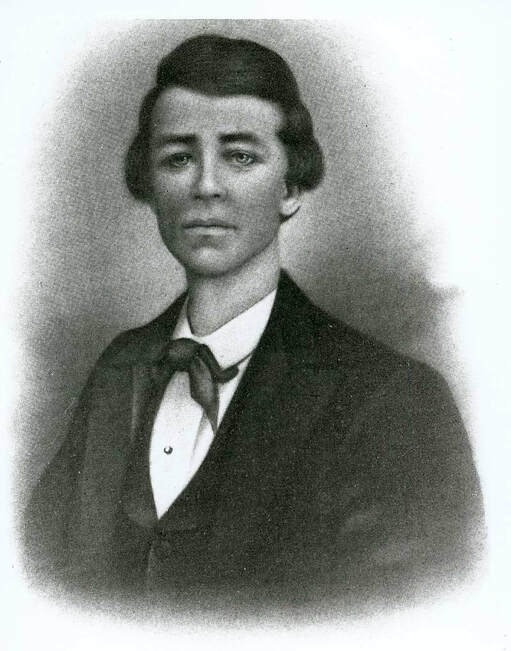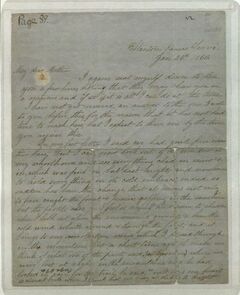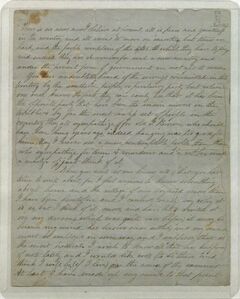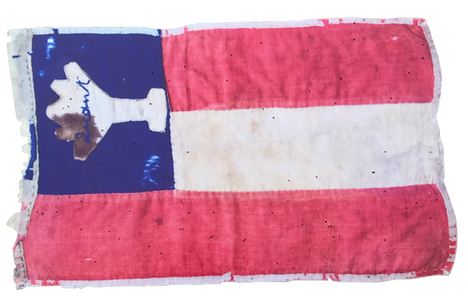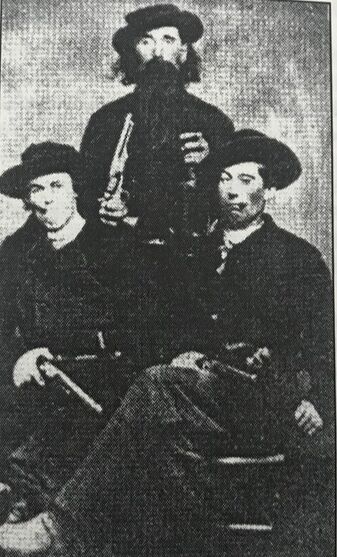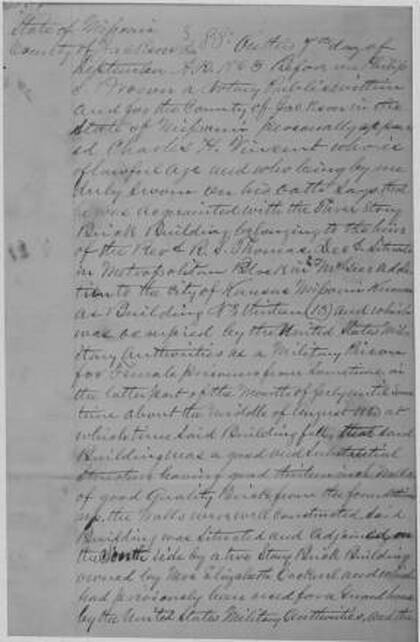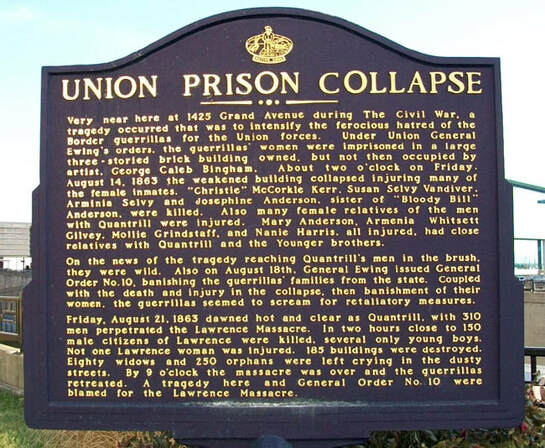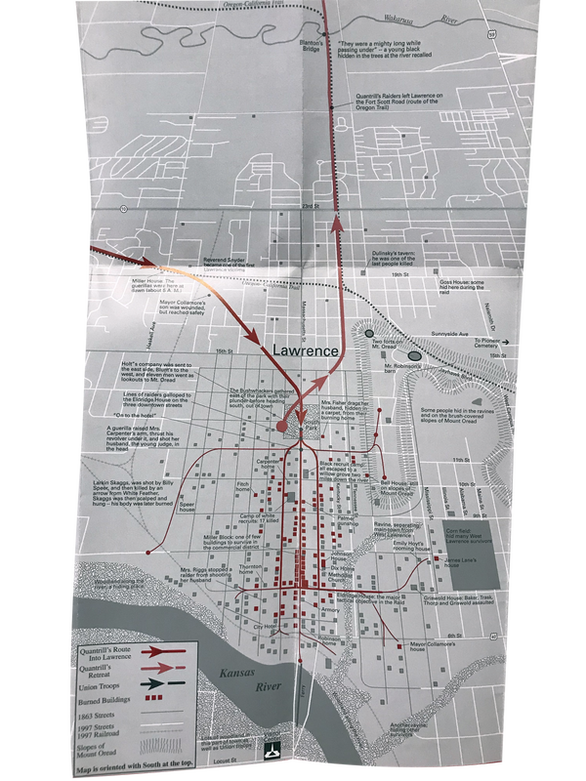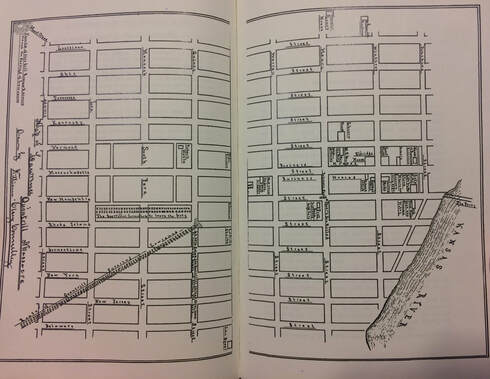William Quantrill
His chief characteristic was treachery. Kindness did not appeal to him, and he bore malice, cherishing any real or imaginary wrong…There was no forgiveness in his nature…He was calculating and farseeing; he had patience and
he did not forget.”
William Elsey Connelley, “Quantrill and the Border Wars”, 1910
The opposite party that have been the main movers in the troubles & by far the most lawless set of people in the country. They all sympathize for old J. Brown, who should have been hung years ago, indeed hanging was too good for him. May I never see a more contemptible people than those who sympathize for him." |
“In 1856, while crossing Kansas enroute to California, Jayhawkers had ambushed he and his brother. They killed his brother and left Quantrill himself for dead with a severe gunshot wound. He would have died but for the assistance that he received from a Shawnee Indian....Once recovered, he sought out the perpetrators of this crime and systematically killed them.” By the fall of 1859, he returned to Kansas...outside Lawrence….He began using the name ‘Charley Hart’ as his alias. Quantrill started associating with men of questionable character, while occasionally teaching school, would raid settlements to steal cattle and slaves. In November 1860, the Douglas County court issued a warrant to Sheriff Walker for his arrest, based on various charges of stealing and arson." Letter to his mother, William Clarke Quantrill, page 1 and 3, 26 June 1860, Kenneth Spencer Research Library. Click to enlarge.
|
Quantrill’s prior experiences and vengeful nature formed his hatred for Kansas.
Guerrillas
Leader of perhaps the most savage fighting unit in the Civil War, William Quantrill developed a style of guerrilla warfare that terrorized civilians and soldiers alike...Quantrill entered the Civil War on the Confederate side with enthusiasm. By late 1861, he was the leader of Quantrill's Raiders, a small force of no more than a dozen men who harassed Union soldiers and sympathizers along the Kansas-Missouri border and often clashed with Jayhawkers..." Most of Quantrill’s original 93 riders were far from being 'thieves'.... Probably all of these men would have remained in large part non-combatants during the war, if only they had not been pushed or betrayed by some event or person, leaving them nowhere to turn except to the guerillas." |
Motives
Sack of Osceola
September 21–22, 1861
|
Memorial for the Sack of Osceola, 30 April 2017, KCVids816 - Youtube.
|
Be not afraid of kansas; when you return to your duty and cease to threaten her citizens, she will unite with you to put down jayhawking, and every lawlessness." |
Union prison collapse
August 13, 1863
...the soldiers cut away and removed the center posts or columns and partitions leaving no support for the roof and joints of the Cockrell building." |
THE ARREST AND IMPRISONMENT OF SOUTHERN WOMEN ESPECIALLY ATTACKED THE MANHOOD OF THEIR HUSBANDS, BROTHERS AND RELATIVES, AS THE PROTECTION OF WOMEN WAS SEEN AS FUNDAMENTAL TO A MAN’S ROLE AND HONOR."
Cass County public library
general Order No. 10
August 18, 1863
Former Confederate soldiers who give themselves up, will be banished from the state. Wives and children of known guerrillas will also be removed from the district and the state. Sympathizers who willfully aid and encourage guerrillas will be arrested and removed from the state." |
They imposed rules and regulations that made it almost impossible to live here, you had to choose sides. Of course a lot people wanted to be neutral, but they couldn’t be neutral. They had to either join Quantrill’s Guerrillas or leave the state.” |
Quantrill used these events that hurt many of the Guerrillas family members to motivate them to attack Lawrence.
Path
The accumulation of Unionist aggression left no hope for the town on August 21,1863.

